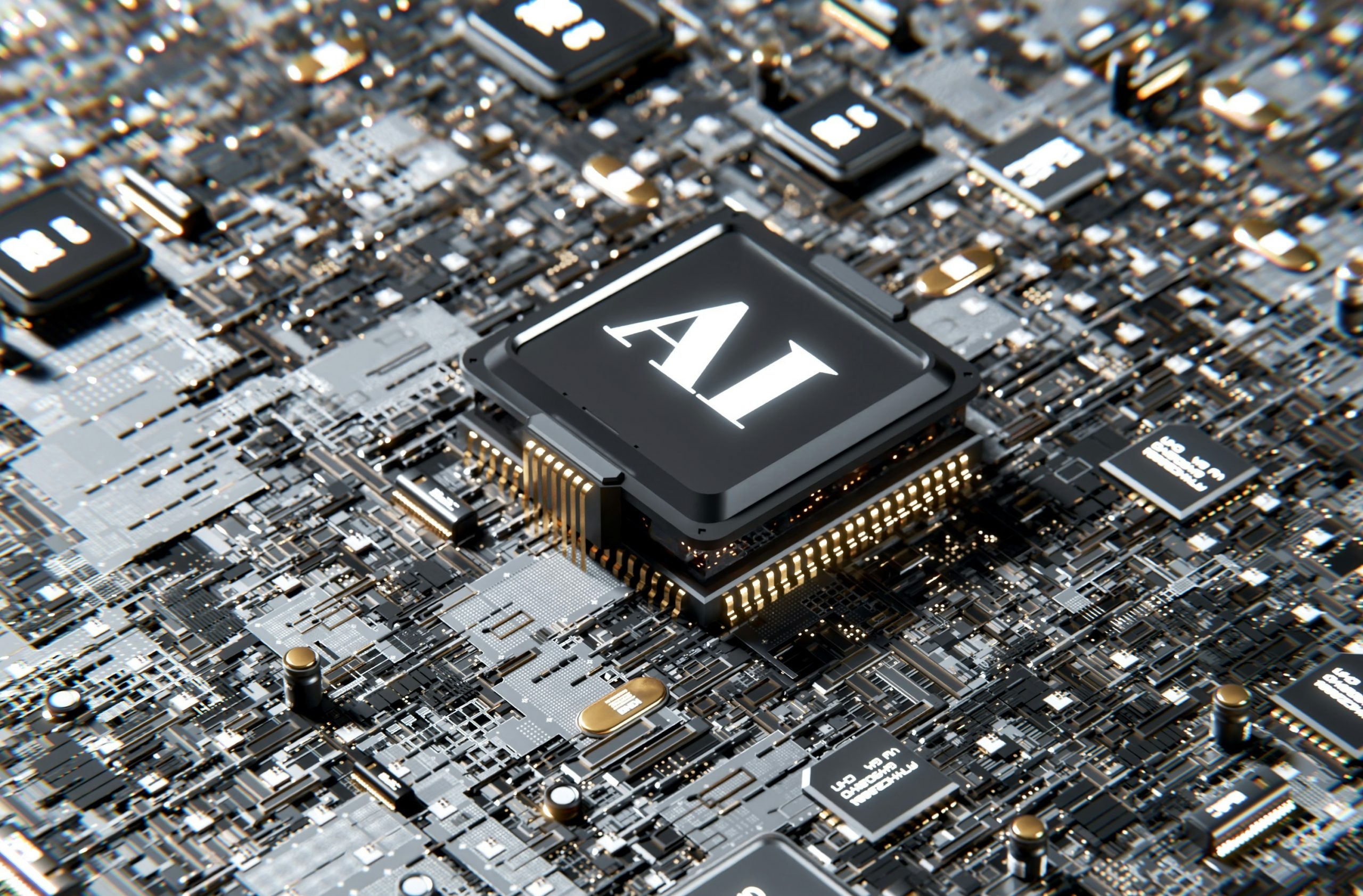Setup and Optimize the National Instruments PXI-5441 Waveform Generator
The National Instruments PXI-5441 is a powerful PXI waveform generator designed to support high-speed waveform downloads up...

5G has only been the wireless standard globally for a few years, but industry leaders have already begun researching and developing 6G- a wireless connectivity standard intended to enhance the interoperability between physical objects, people, and activities. In this post, we will look at how blending the physical and digital worlds can help address challenges for test and measurement.
6G is anticipated to be released around 2030, with some companies hopeful that it will be available as soon as 2028. In the meantime, some locations around the globe have already begun deploying 5G-Advanced networks. 5G-Advanced is the next evolutionary step above 5G; offering an enhanced performance, network architecture advancements, and increased support for emerging technologies. Most importantly, 5G-Advanced integrates Artificial Intelligence (AI) and Machine Learning (MI) capabilities into the network, establishing it as a crucial step towards 6G connectivity goals.
Utilizing AI as a foundational element in the architecture is one of the main goals of 6G. As AI learns, adjusts, and improves upon changes in both the data and the environment, it becomes known as adaptive AI. Adaptive AI systems are capable of changing their behavior based on their experiences, whereas more conventional kinds of AI obey predetermined rules and algorithms and can fail when presented with challenges.

With the use of artificial intelligence (AI) to build intelligent, self-optimizing networks, 6G technology can potentially transform wireless communication. Experts anticipate that AI and machine learning methods will become increasingly prevalent in 6G networks, with the additional goals of:
○ Facilitating resource allocation
○ Performance-driven optimization
○ Intelligent network management
○ Employing adaptive transceiver chains
The need for faster, more dependable, and energy-efficient connection solutions continues to grow with technology. These issues might be resolved by 6G networks driven by AI models, opening the door to a new age of seamless connection.
Wireless networks have long encountered challenges that AI may be uniquely able to address. Some of the major obstacles encountered by wireless include addressing problems that are non-linear (or otherwise hard to model) and optimizing for modern parameters in the most efficient way possible. On the other hand, AI excels in modeling non-linear functions and determining what would be an appropriate representation of a problem that is hard to model. The computational mastery of AI also allows it to find near-optimal and computationally realizable solutions for complex issues.
AI and machine learning can address the specific challenges of wireless networks through sophisticated error prevention, adaptable coding rate designs, reduced signal errors and distortions, dynamic modification of transmission parameters, and adaptability to shifting conditions. These capabilities can help guarantee dependable data transfers and can improve the network performance and user experience.

The University of Calgary
As the foundations of 6G are being developed, many universities and engineers are already researching how AI can be used to improve wireless test and measurement applications. At the University of Calgary in Canada, assistant engineering professor Dr. Hatem Abou-Zeid and his team explored how deep learning could be applied to advanced functions and signal-processing tasks including joint communications and sensing (JCAS). In order to achieve the 6G version of these outcomes, they had to first address the challenges of limited processing power, strict real-time requirements, and a limited ability to generalize scenarios in the real world.
The team at the University of Calgary ultimately proposed that foundation models for wireless networks should be created that can carry out a variety of sensing and communication tasks. These models would be trained on self-supervised learning with broad unlabeled data sets, allowing them to discover general patterns applicable to a wide range of activities and situations. They also asserted that a single model carrying out several activities would decrease resource needs, and that their model demonstrated very effective generalization when optimized for tasks including radio signal identification, human activity detection, positioning, and spectrum segmentation.
The Austrian Institute of Technology
Another case study comes from the AIT Austrian Institute of Technology. Principal scientist Thomas Zemen and his team explored how 6G Research and Testing (based in AI and machine learning) could impact wireless communication channels for automated vehicles of all types. As Zemen explained, “wireless communication systems for vehicles on the road, on rails, in the air, or inside a factory require a site-specific, geometry-based radio channel model and a real-time hardware-in-the-loop test to obtain realistic frame error rates.”
Their solution was to use a site-specific, geometry-based stochastic channel model (GSCM) to represent the propagation effects on radio channels. A real-time geometry-based radio channel emulator using NI Ettus USRP X310s was used to enable the measurement of Frame Error Rates (FERs) for commercial modems with a hardware-in-the-loop setup, and this data could be used for both qualification tests of modems in vehicular scenarios and the ground truth required for training AI/ML models.
Learn more about these cases here.
As 6G technology moves closer to becoming a reality, the importance of AI cannot be understated. With the hope of providing more efficient mobile networks and valuable insights from measurement data, AI-integrated 6G connectivity promises to push the limits of wireless technology and open doors to brand-new innovation.
Additional Resources
A monthly email packed with valuable content—industry news, tutorials, obsolescence updates, and more. No sales pitches, just insights we think you'll find helpful!
The National Instruments PXI-5441 is a powerful PXI waveform generator designed to support high-speed waveform downloads up...
Companies in almost every industry are being transformed by artificial intelligence, and autonomous machines are...
The PXIe Platform from National Instruments offers an incredibly valuable toolset for test and measurement innovation. Its...
It is no secret that simulation and testing is an important part of designing circuits....